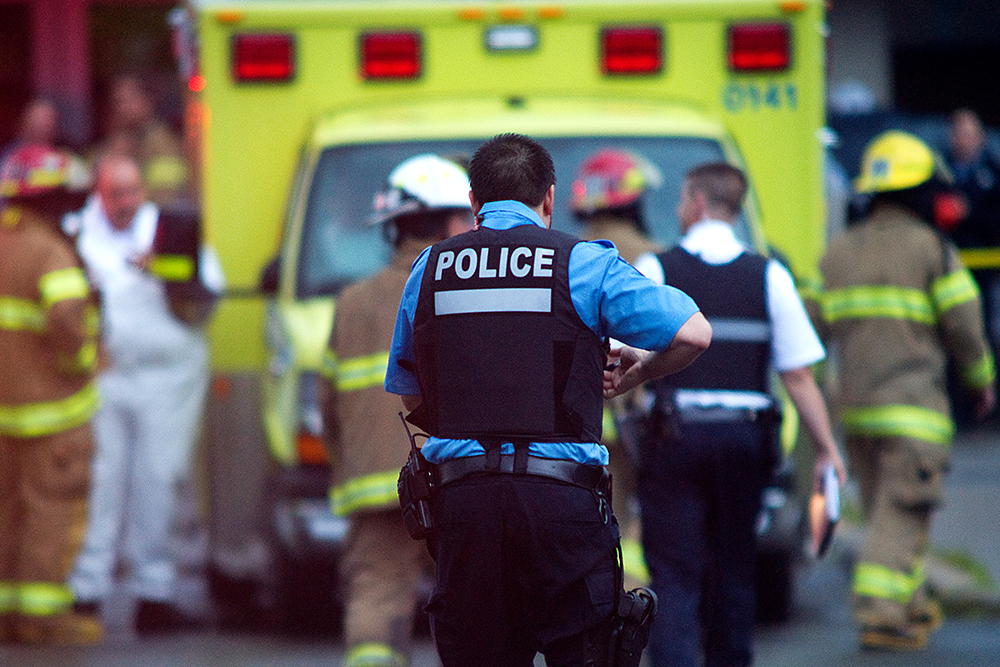
Emergencies and disasters often arise without warning, both in the workplace and in communities at large. In these dangerous situations, GenComm’s communication solutions for its first responder customers are bolstered by two-way radios.
Two-way radios have lengthy battery lives, which means the devices will continue working through the long hours of crisis response. They are also easy to use, usually requiring just one press of a button to talk. In conditions where every second is valuable, workers and first responders can save time by not having to unlock a cell phone or manipulate its touch screen.
In places where cell phone signals often cannot reach, such as stairwells and elevators, two-way radio coverage is reliable, without fear of congested cell networks or inadequate bandwidth. Additionally, messages relayed to group conversations can be heard by any person within range. Unlike private phone calls, this allows radio operators to reach as many people as possible at one time.
Another attribute that makes two-way radios indispensable in emergencies is their available GPS location tracking. Knowing accurate positions of personnel and vehicles assists both in appropriate dispatching and in maximizing catastrophe coverage. Also, two-way radios frequently boast noise reduction software, which allows workers and first responders stay in contact even over loud or continuous external sounds.
Certain applications on two-way radios can play a critical role in disaster response too. A ‘man down’ feature can be set to sound an alert to other specified radios under circumstances that suggest the wearer has fallen or is incapacitated: perhaps when no movement has been detected for a set amount of time or when the radio is tilted at a precarious angle. Radios typically have an emergency button that can be pressed as well, to trigger similar notifications. These alerts may include GPS location information, so receivers can immediately determine where to go to help.
Known as the ‘lone worker’ feature, an alarm can also be triggered when a worker or first responder fails to respond to pre-programmed check-ins, ensuring safety for those who are alone in remote areas. Dispatch controls, like clearing all channels to interrupt with important information or remotely listening to another radio’s microphone, are additional radio capabilities that can be critical in quelling an emergency.
When calamity strikes, two-way radios are indispensable tools in ensuring clear, consistent connections to people, and to needed information. Contact a GenComm expert today to discover how we can make your safety our business.
